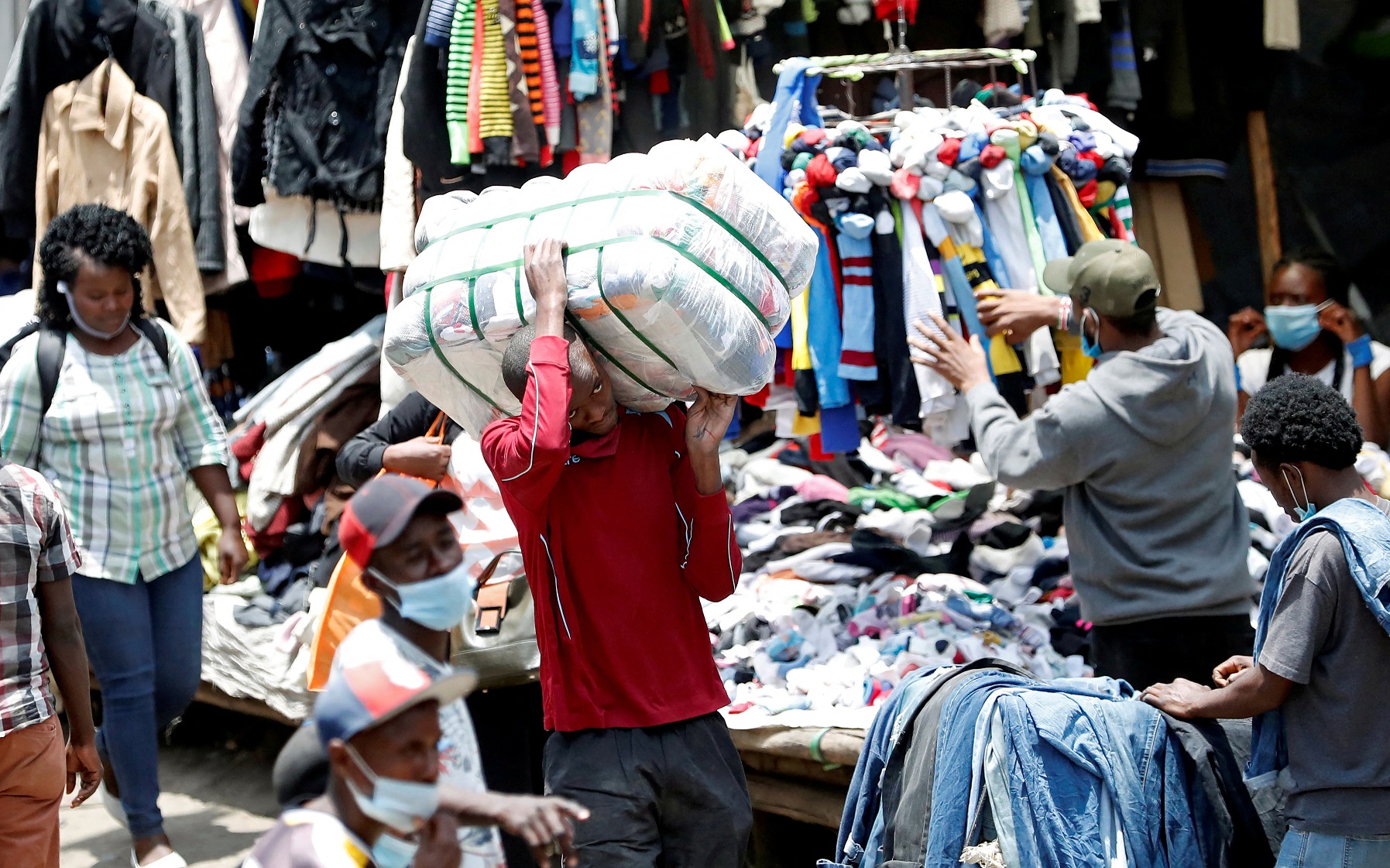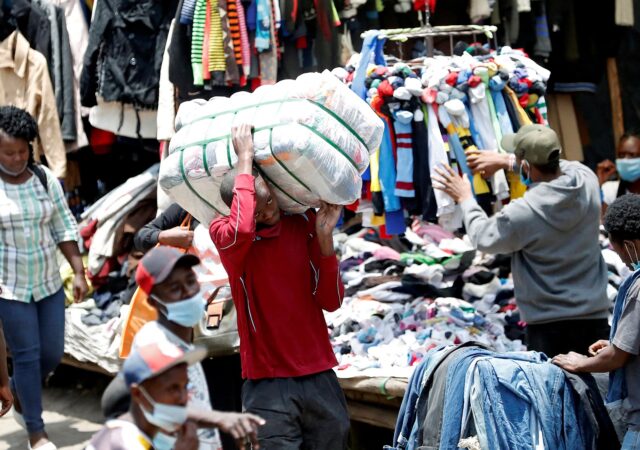A major new study conducted by the IVL Swedish Environmental Research Institute, commissioned by Humana Lithuania, challenges the widespread myth that second-hand clothing exports to Africa constitute waste dumping. The research traces the journey of used textiles from collection and sorting in Sweden to resale in Kenya, revealing significant economic, environmental, and social benefits that contradict the narrative of Africa as a dumping ground for low-quality garments.
The study highlights how the second-hand clothing trade operates as a well-organized circular value chain. Used textiles are carefully sorted and graded by quality in specialized centers, ensuring that only clean, wearable, and marketable items reach Kenya’s mitumba markets. This process adds value at each stage and supports local economies by creating jobs in both Europe and Kenya. The report emphasizes that dumping unsellable clothes would be economically unfeasible due to Kenya’s high import taxes and the sophisticated market dynamics that maximize garment reuse.
Amanda Martvall, textile expert and co-author, noted that the mitumba market exemplifies a functioning circular economy, contrasting sharply with the environmental concerns posed by ultra-fast fashion and the growing consumption of new clothing. Orjan Osterdal, CEO of Humana Lithuania, underscored that their operations ensure only quality textiles with market value are exported, benefiting both the environment and local economies.
Key findings include:
-
Dumping is not profitable because import taxes make discarding textiles in Kenya uneconomical.
-
Kenyan retail chains implement strategic pricing to maximize reuse.
-
The trade supports employment from collection in Europe to retail in Kenya.
-
Profits from sorting and resale often fund humanitarian causes.
-
In 2024, Humana Lithuania sorted about 38,000 tons of used textiles, including 11,000 tons from Sweden, categorizing them into over 400 quality-based categories.
The study concludes that African markets like Kenya play a vital role in global textile sustainability by providing affordable clothing, supporting small businesses, and fostering job creation. Mathias Gustavsson, co-author, emphasized that without export markets such as Kenya, many reusable textiles in Europe would likely be incinerated or landfilled due to limited recycling infrastructure.
This research provides a comprehensive counterpoint to claims of waste dumping, illustrating how second-hand clothing exports contribute to a circular textile economy and sustainable development in Kenya.






